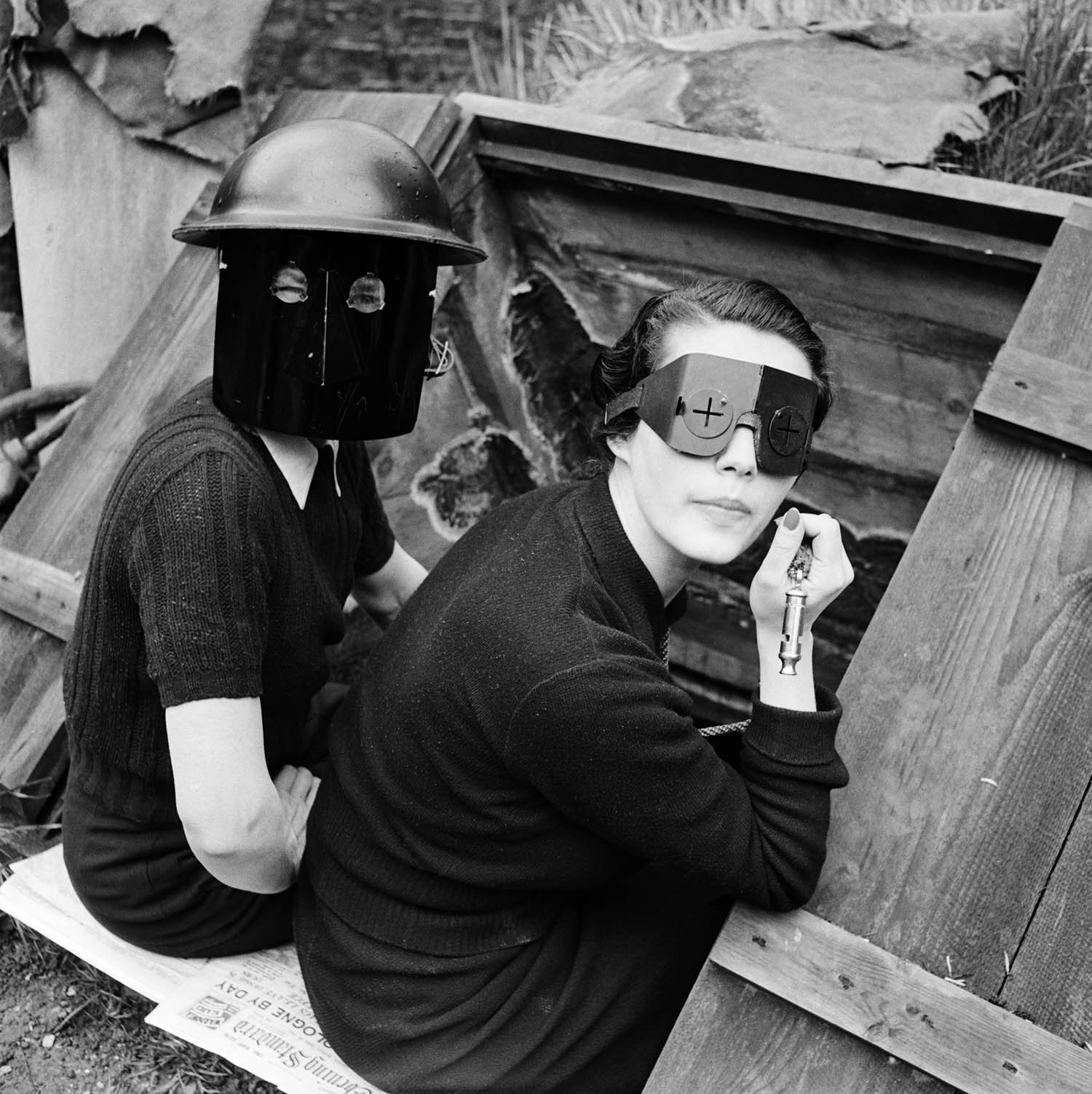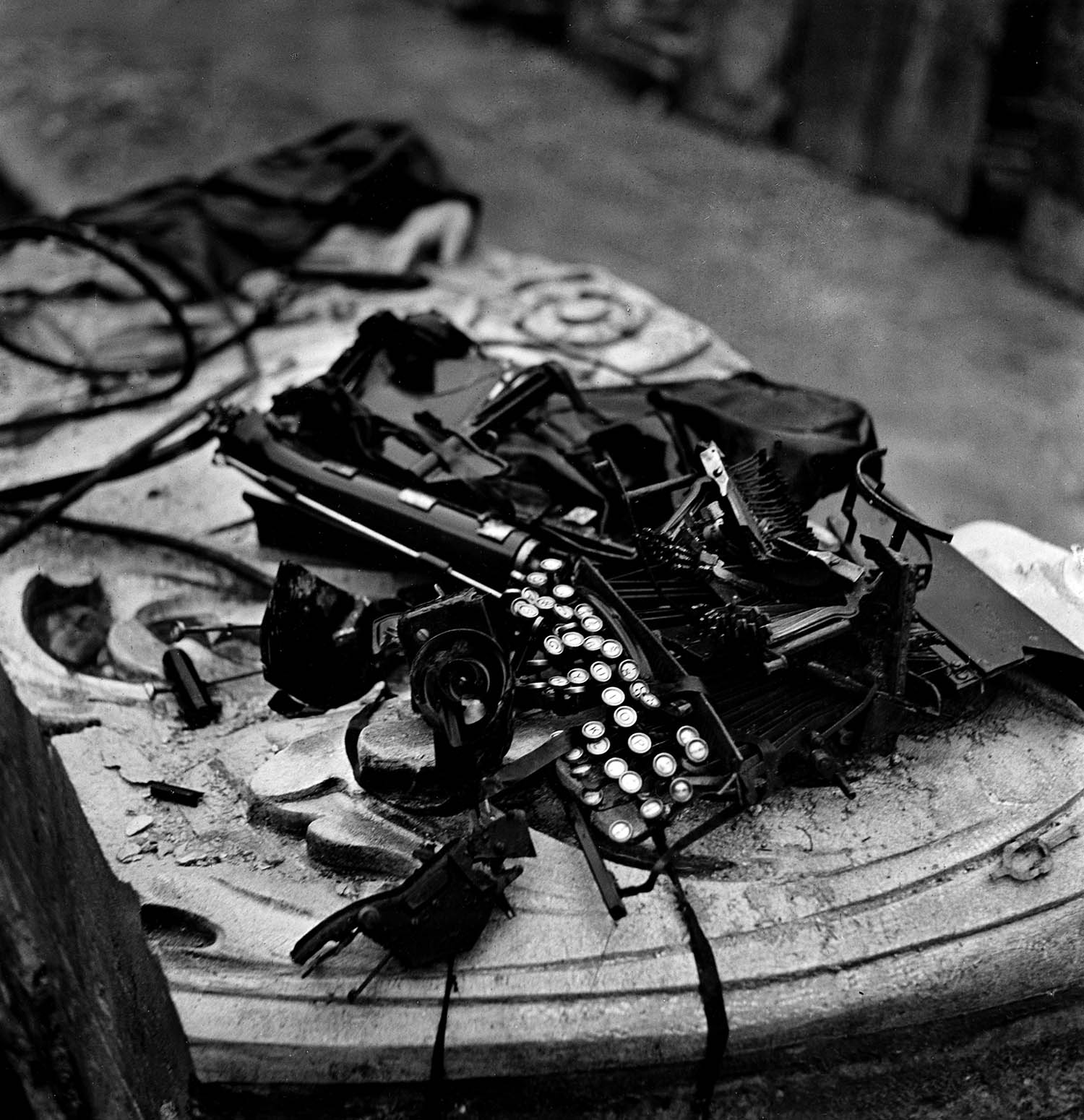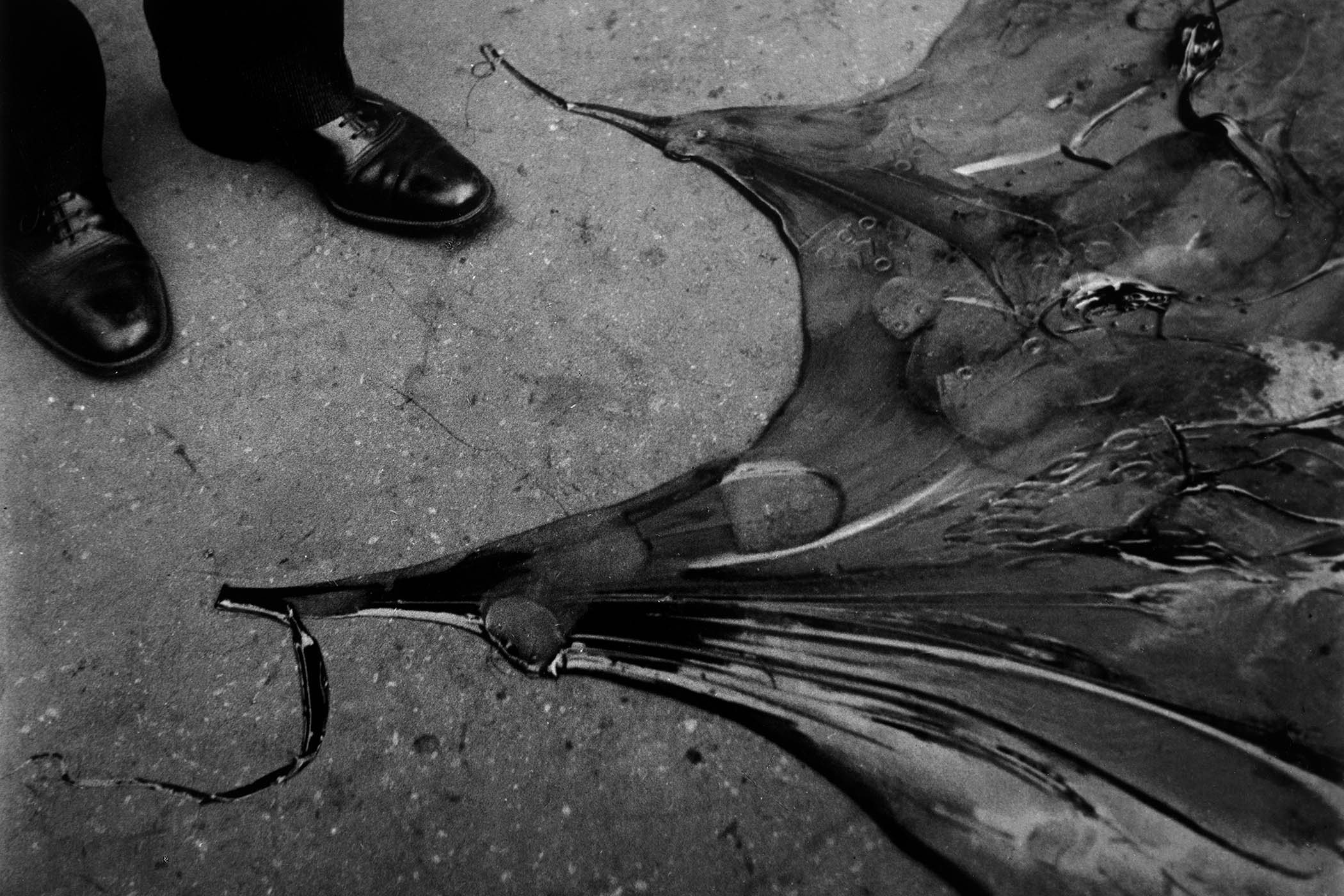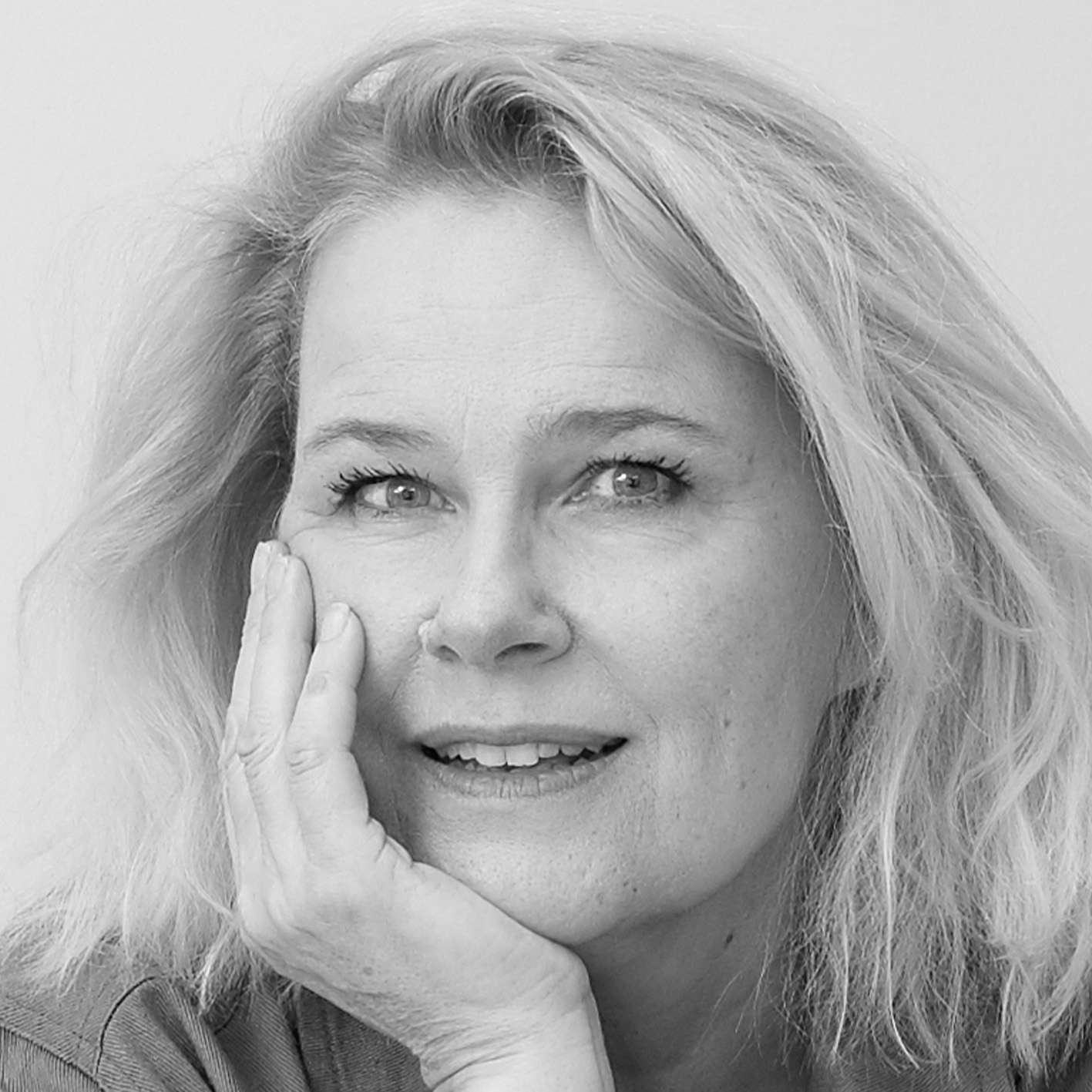Lee Miller did not take the photograph for which she is most famous, sitting upright in Hitler’s bathtub in 1945. The far less starry photojournalist David E Scherman was behind the lens. Nor are we in Berlin, but Munich; nor has Hitler’s suicide yet been announced. All the received wisdom about this picture is wrong.
Tate Britain’s long and devoted tribute to Miller (1907-77) aims to correct more than just this myth. It wants to make a lifelong artist of an American photographer who was first a model, then a muse before the dense, dark war photography she seems to have disparaged in her final decades, tidying it away in the East Sussex farmhouse she shared with her husband, the historian and curator Roland Penrose. That the show succeeds has unexpectedly little to do with most of the pictures.
What did she photograph? A stretchered soldier posted like a crumpled airmail letter into the mouth of a warplane. Artillery spotters lying low on a honeymoon bed in the Hotel Ambassadeurs, Saint-Malo. The Bürgermeister’s daughter sleeping on a couch in Leipzig, mouth half open to reveal remarkably pretty teeth, as Miller noticed, except that she has just taken cyanide.
Nazi guards in Buchenwald kneel beaten on the cell floor. Liberated prisoners scavenge the rubbish heaps outside, one reading a letter rescued from smoking pyres. Tears appear to stream down the stony face of Justice, with her scales, a monument still standing in the ruins of Frankfurt in 1945. Miller’s photographs are ambivalent, sometimes piercing and profound, sometimes conspicuously stylish, perhaps because she was working for Vogue. The SS officer drowned in a canal outside Dachau looks as if he is still modelling Nazi chic.
Miller’s war photographs are justly renowned, but it is the aftermath that stuns in this show. Ailing children, alone, hungry and without any medicine, on the wards of Viennese hospitals. “For an hour I watched a baby die… He was the same colour as the striped garb of the Dachau skeletons, the same imaginary blue as Strauss’s Danube…” In Hungary, barefoot girls in dead men’s coats beg for bread, one of them darting a look of recognition at the equally beautiful photographer. A soprano in utility dress performs a Mozart aria to nobody at all in the roofless wreckage of Vienna Opera House.

Fire masks, Downshire Hill, London 1941
“If I could find faith in the performance of liberation I might be able to whip something into a shape which would curl a streamer and wave a flag… I, myself, prefer describing the shattered morale and blasted faith of those who thought ‘Things are going to be like they were.’’’ These dispatches home to her editor, and the texts Vogue never published, are extracted throughout this show. They are tremendous, often more eloquent than the photographs.
A fine shot of a law student leaning fetchingly on a cafe table is supposed to show Paris resurgent after the occupation, even though tanks were still smouldering round the corner. “The bullet holes in the windows were like jewels,” Miller wrote, “the barbed wire in the boulevards a new decoration.” She is high above the wintry street looking down on the execution of László Bárdossy, fascist ex-prime minister of Hungary. “He held his beaky grey face high and his gestures were taut… he waved his hand refusing the blindfold. The four gendarmes who had volunteered for the execution stood in line awaited the order… Bárdossy’s voice orated in a high-pitched rasp, ‘God save Hungary from all these bandits.’” Miller’s shot shows exactly this moment, but you can hardly make the convict out.
Her dispatches home to her editor at Vogue are tremendous, often more eloquent than the photographs
Black and white and always small, Miller’s photographs are dispersed across vast empty galleries at Tate Britain. There are comparatively few war images; indeed the death camp photographs are both stinted and sidelined in a discreet room, which seems entirely counter to the telegram Miller sent Vogue in 1945: “I IMPLORE YOU TO BELIEVE THIS IS TRUE.” Instead, the show turns, alas, to postwar celebrity. Who wants to see Picasso larking about for yet another servile photographer? Who wants to see any more shots of his ditched mistresses in posthumous misery, still less one more photograph of a topless surrealist wife?
Mark Haworth-Booth’s excellent 2007 exhibition for the V&A focused mainly on Miller’s reportage for Vogue. But this show wants to give us the whole life, of which too much is known by comparison with the work: the wild and harrowing childhood; the moment of being saved from Manhattan traffic by Condé Nast himself, sparking a career as the model “modern girl”, tall, slim and crop-haired; the Paris years with Man Ray, an Egyptian husband in Cairo, an English art-worlder in Sussex.

Remington silent, London, 1940
What this means is that you see more images of Lee Miller than by her, certainly in the first two galleries. The early spreads she shot for Vogue, in the 1930s, look like everything around them, and it is surely a stretch to call her photo-booth prints self-portraiture. In fact, her prewar photographs are absolutely average. Out of focus, cliched and cramped, with no keen sense of the telling moment, and so often slavishly imitating the surrealists, you would scarcely know who had taken them.
But once she is free (of Man Ray?) so is her art. Shoes made of tyres in Romania in 1938 have their desperate counterpart in scraps of fabric worn by prisoners in Buchenwald. Typewriter keys fall silent, shattered in the blitz. Out of the doors of a broken church pour congregations of bricks, like the streams of words that were never printed but memorialise Lee Miller as much as any image. Both would dwindle away by the 1950s, as she turned to her kitchen and garden in Sussex. Nowadays, perhaps, there would be a clinical diagnosis, but Miller knew herself best. “I never got the scent of Dachau out of my nostrils.”
Lee Miller is at Tate Britain, London, until 15 February 2026
Photography courtesy of Lee Miller Archives

